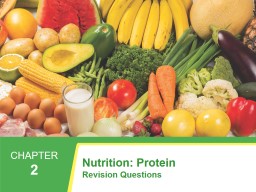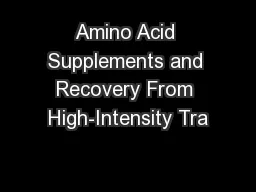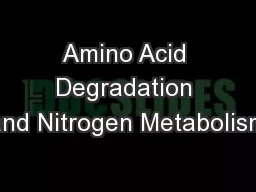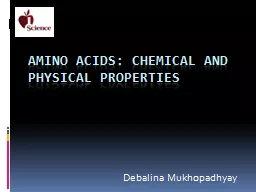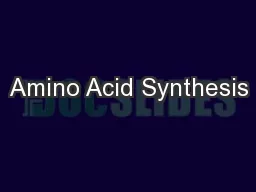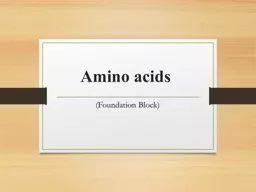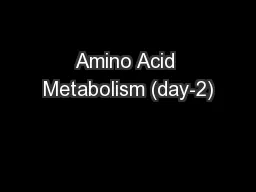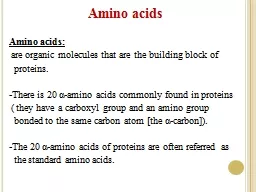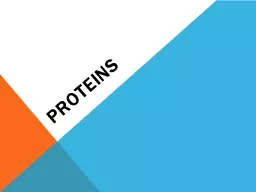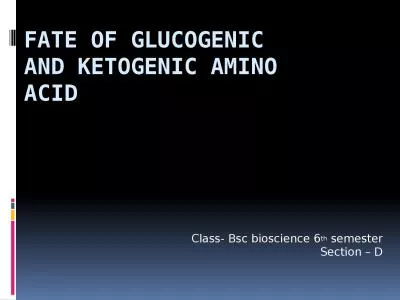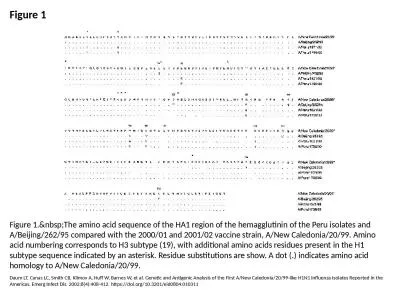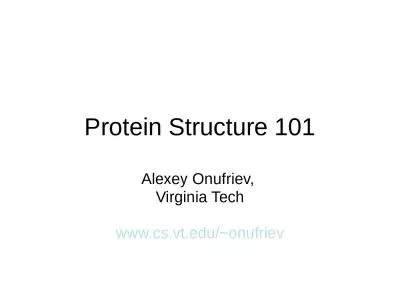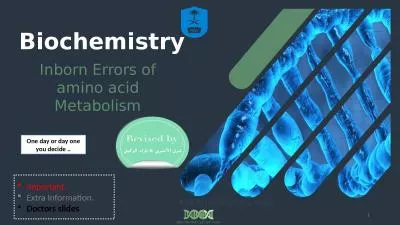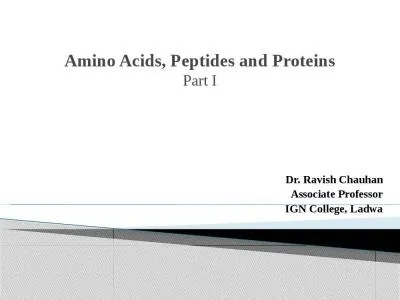PPT-Revision questions Outline the basic chemical structure of an amino acid.
Author : walsh | Published Date : 2023-11-23
Explain the formation of a protein Classify proteins according to their chemical structure Describe the classification of protein Name a food source for the following
Presentation Embed Code
Download Presentation
Download Presentation The PPT/PDF document "Revision questions Outline the basic che..." is the property of its rightful owner. Permission is granted to download and print the materials on this website for personal, non-commercial use only, and to display it on your personal computer provided you do not modify the materials and that you retain all copyright notices contained in the materials. By downloading content from our website, you accept the terms of this agreement.
Revision questions Outline the basic chemical structure of an amino acid.: Transcript
Download Rules Of Document
"Revision questions Outline the basic chemical structure of an amino acid."The content belongs to its owner. You may download and print it for personal use, without modification, and keep all copyright notices. By downloading, you agree to these terms.
Related Documents

